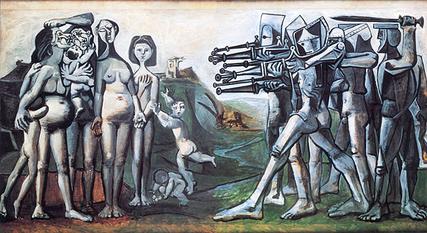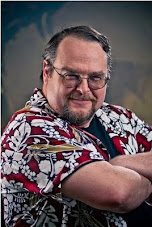I quickly found I had to develop a bunch of ground rules:
- I would count by instances, not numbers of police vehicles. Four cops responding to a call in the International District would count as one, not four.
- I would only count vehicles, not officers. Foot patrolmen got a pass. Motorcycles, police vans, and those dinky little parking vehicles the Seattle cops used all counted.
- No fair counting cops parked at police stations. Ditto fire stations and city halls. That's just cheating.
- Similarly, no counting officers in my living room or at my dining room table (Hi, Dave!). That's cheaty as well.
- Wreckers, fire trucks, emergency vehicles and anything else that has bubble dome lights is a count for another day.
- Only count as IDed it you can figure out what branch they belong to. Most of my unidentifieds are motorcycles, since they are hard to pull out affiliation as you drive past them.
I ran this for the first four weeks of January. My normal commute is down Benson and Talbot to Renton, then north to Bellevue either by I 405 or back roads, depending on crowds. Once a week I would drive to Federal Way for comics, and once a week I would drive downtown to the ID for Tai Chi. Upon looking at the notes, I saw that I rarely traveled on weekends, staying home to work, and though I would get out to play games with friends, I did not rack up enough instances to really rate them, so I'm taking Sunday and Saturday off the table.
So what did I end up with? Here's the summary - 47 sightings over 20 days. That's over two, nearly two and half police encounters a day. Let me did into the tables a bit:
| Day | Numbers |
| Monday | 04 |
| Tuesday | 08 |
| Wednesday | 17 |
| Thursday | 06 |
| Friday | 12 |
Note - Wednesday gets the big number here, but that makes sense because it is the day I'm doing Tai Chi downtown and getting comics. More travel = more sightings. But Friday is not out of the ordinary as far as travel but gets a higher number, while Monday is the slowest day. So if you're going to violate traffic laws in the Renton and Bellevue areas (which this blog does NOT endorse), Monday is your best day.
| Location | Numbers |
| I-405 | 14 |
| Bellevue | 09 |
| Downtown | 06 |
| Benson/Talbot | 10 |
| I-5 | 03 |
| Lake Washington Blvd | 03 |
| Auburn Way | 02 |
There is a surprise there, but one I did not expect. Lake Washington Blvd. is a noted speed trap for drivers who are avoiding I-405, the main artery between Renton and Bellevue, but it pales compared to local cops in Bellevue proper, or along Benson and Talbot, which seems to be a new hotspot in the evenings for squad cars.
| Affiliation | Numbers |
| State Police | 06 |
| Bellevue Police | 09 |
| Seattle Police | 05 |
| King County Police | 03 |
| Renton Police | 11 |
| Other | 03 |
| Unidentified | 10 |
So we have here an embarrassment of riches for the various departments keeping an eye on the streets. Renton and Bellevue have the lion's share, which is to be expected. Most of the Unknowns are, as noted, motorcycles. The others are New Castle, Redmond, and Auburn, but oddly enough, nothing from Kent, where I currently live.
| Activity | Numbers |
| Patrol | 29 |
| Responding | 05 |
| Ticketing | 07 |
| Parked | 02 |
| Accident | 02 |
| Breakdown | 01 |
| Unoccupied | 01 |
The vast majority of the cops were in motion from one place to another for reasons unshared with me (my lone Redmond cop I picked up in Bellevue and followed all the way to Federal Way). Responding was in motion with the lights flashing. Tickets, Accidents, and Breakdowns were all pretty obvious. Parked is a none-of-the-above situation, where they COULD be waiting for the unwary, but I have no proof that they were not reporting in, doing paperwork, or just keeping the speed limit down by their presence.
So did I learn anything (besides the fact that there is probably a better way to do tables on Blogger)? Just a bit. The sample size is still pretty small, but it shows that there are likely heavy and light days in rotation, that the bulk of the police seen are in motion, and that supposed legendary speed traps were not, and new ones may be opening up. If anything, this type of activity needs more spotters and a more cohesive way to manipulate the data. In short, enough with the long-hand calculations - there's gotta be an app for all this.
Next up? Sketchy research on why there's never an officer when you need one.
More later,









